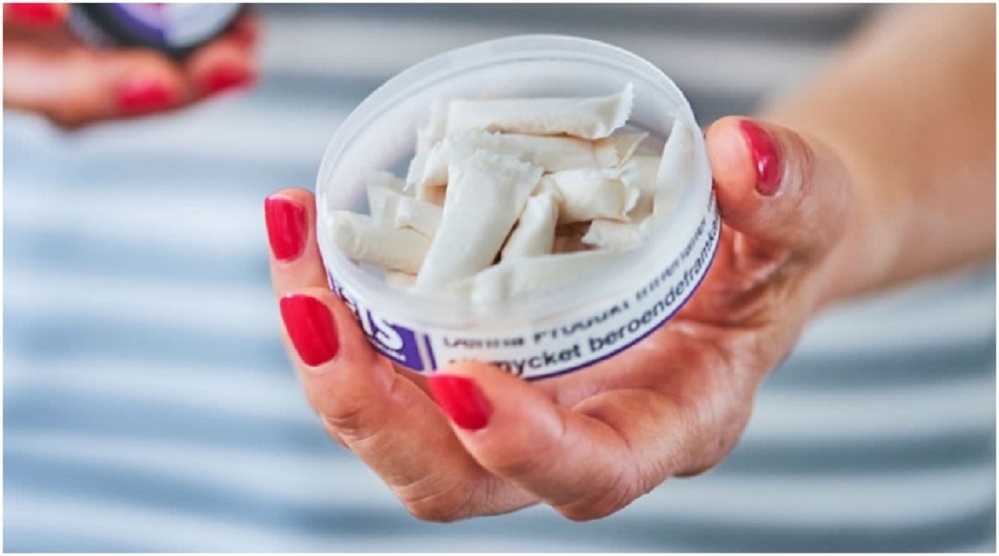Trend Of Nicotine Pouches, Marketed To Teens As 'Safer' Alternative To Smoking, Is Actually A New Addiction In Disguise
Total Views |

Monsoon isn’t the only thing lurking in the air. A new kind of health hazard is sneaking its way into the lives of teenagers, right under the noses of parents and teachers. It doesn’t leave smoke, it doesn’t smell, and it doesn’t need to be lit. But it delivers one of the most addictive substances known to man: nicotine.
This new threat comes in the form of nicotine pouches, tiny, innocent-looking packets that slip between your lip and gum, deliver a hit of nicotine directly into your bloodstream, and can slowly create a full-blown addiction. Most people, especially young users, have no idea how dangerous these pouches really are.
What Are Nicotine Pouches?
Think of a teabag. Now shrink it, fill it with nicotine powder or salts, and design it so that it can dissolve slowly between your gum and lip. That’s a nicotine pouch. Most pouches contain between 1.5 to 8 mg of nicotine, but some ultra-strong ones can have up to 50 mg (about the same as eight cigarettes in one pouch). They're colourless, odourless, and unlike traditional smokeless tobacco, they don’t need to be spat out. That means a teenager can use them during class, in tuition, or even at the dinner table without anyone knowing.
Dr. Bhavna Barmi, Clinical Psychologist and Founder of Happiness Studio, says, “These companies are using sleek, modern packaging, colourful branding, and flavours like mint, fruit and bubble-gum to make nicotine seem fun and harmless. Teenagers are being psychologically tricked into seeing nicotine pouches as cool lifestyle accessories.
The results are devastating.”
These products aren’t coming from random back alleys either. Allegedly, multinational tobacco giants are using licensed pharmaceutical companies as fronts to push these products into markets like India — exploiting regulatory loopholes and flying under the radar of law enforcement and parents alike.
Why Teenagers Are the Main Target
Teenagers are vulnerable. Their brains are still developing, and they’re naturally curious, rebellious, and social. When something new shows up with cool branding, zero smell, easy use, and is marketed as a “safer alternative,” it checks all the boxes for a teen looking to experiment.
Warns Dr. Rajesh Gupta, Director of Pulmonology at Fortis Hospital, “Just because it’s smokeless or ‘tobacco-free’ doesn’t mean it’s harmless. Nicotine is still a highly addictive, toxic substance.
It causes changes in brain development, increases blood pressure, raises heart rates, and can lead to long-term damage, including poor sleep, weakened immunity, and mood disorders.”
In fact, a recent study published in JAMA Network Open (USA) found a sharp rise in nicotine pouch use among high school students between 2023 and 2024. This is a trend that India cannot afford to ignore.
How Are These Things Legal?
Under Schedule K of the Drugs Rules, 1945, India currently allows sales of nicotine replacement products (such as 2 mg gums and lozenges) without a prescription. These products are meant to help people quit smoking. However, nicotine pouches aren’t being used for cessation. They’re being used recreationally, often at much higher doses, and often by teenagers who've never smoked in the first place.
This legal loophole is what Mothers Against Vaping, a powerful advocacy group, is fighting against. They’ve sent urgent appeals to the Union Health Minister and the Central Drugs Standard Control Organization (CDSCO), demanding an immediate ban on the sale of nicotine pouches and gums.
According to the World Health Organisation, nicotine pouches are so potent and addictive that 26 countries have already banned them, including Germany, Norway, Singapore, Russia, and Australia. In fact, in May 2025, the WHO called on governments to urgently ban all flavours in tobacco and nicotine products.
Nicotine pouches are not “cleaner” than smoking. They’re not “cooler” than vaping. They’re just another gateway to addiction, and a dangerous one at that. Our teens don’t need another enemy disguised as a friend. They need information, support, and regulation. Just because it’s smokeless doesn’t mean it’s harmless.

